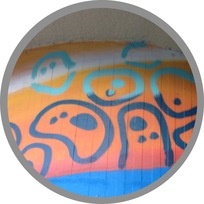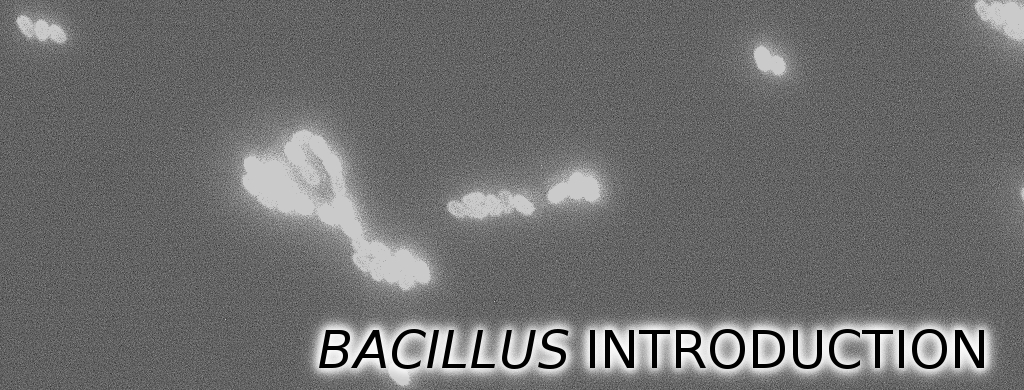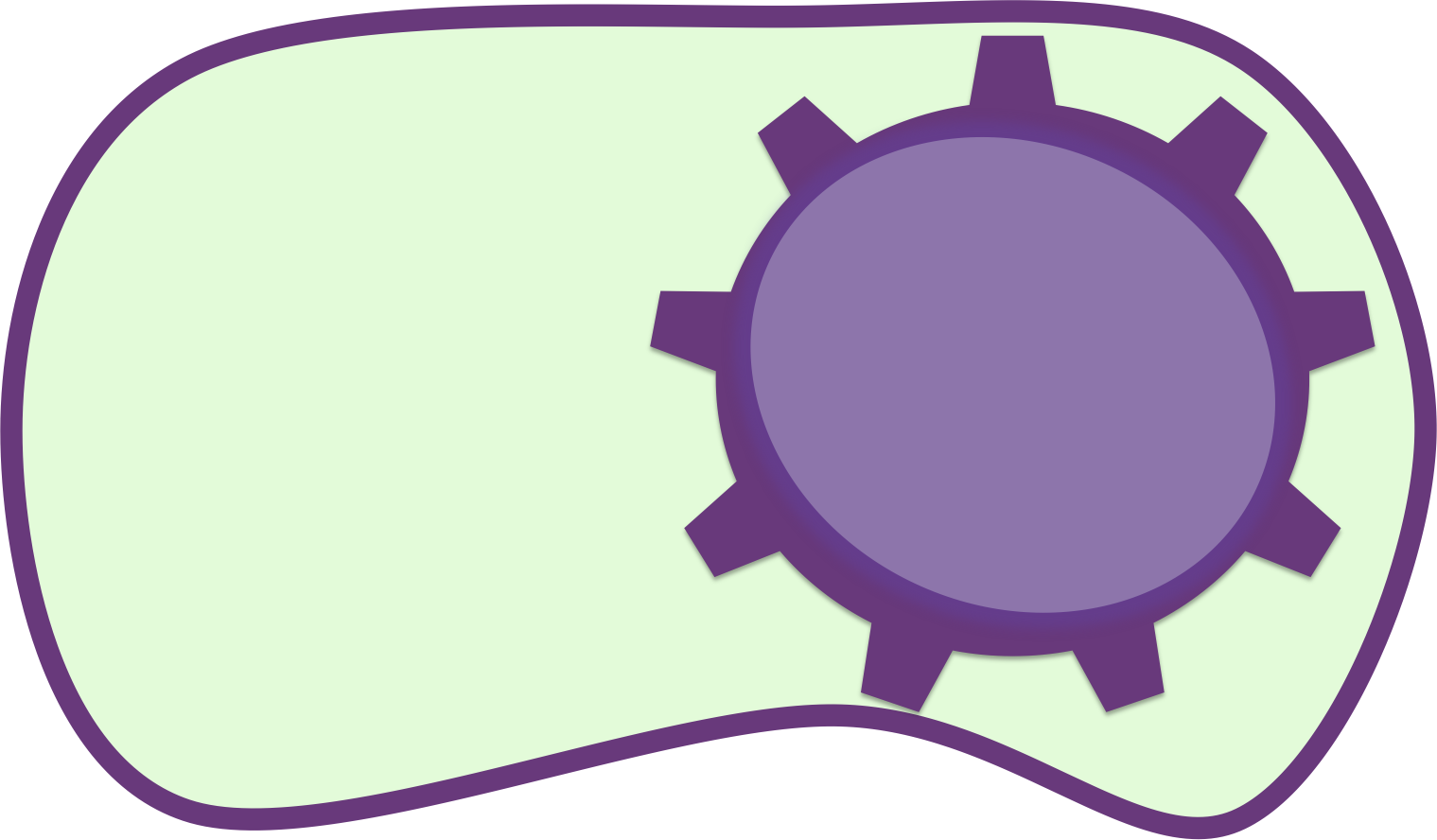Team:LMU-Munich/Data/introintro

The LMU-Munich team is exuberantly happy about the great success at the World Championship Jamboree in Boston. Our project Beadzillus finished 4th and won the prize for the "Best Wiki" (with Slovenia) and "Best New Application Project".
[ more news ]



Introduction
We chose to work with Bacillus subtilis to set new horizons in the Escherichia coli-dominated world of iGEM by offering a set of tools for this Gram-positive model organism to the public domain. To introduce B. subtilis, we first want to highlight some important aspects of this organism, which are listed in the table below.
| Organism | B. subtilis | E. coli |
|---|---|---|
| Type | Gram-positive rod | Gram-negative rod |
| Motility | + | + |
| Transformation | natural competence | artificial competence |
| Vectors | integrative & replicative | replicative |
| Sporulation | + | - |
| Differentiation | + | - |
| Safety | [http://www.fda.gov/Food/FoodIngredientsPackaging/GenerallyRecognizedasSafeGRAS/default.htm GRAS] | [http://www.fda.gov/Food/FoodIngredientsPackaging/GenerallyRecognizedasSafeGRAS/default.htm GRAS] |
In general, bacteria can be divided into two major groups that differ primarily in their cell envelope: Gram-positive and Gram-negative. E. coli is the model organism for the Gram-negative bacteria. A model organism for the Gram-positive bacteria is B. subtilis, our favorite pet. The natural habitat of B. subtilis is the soil, so it is forced to adapt to numerous environmental changes. Accordingly, B. subtilis is characterized by quick and cunning reflexes and a complex lifestyle. There are many differentiations and survival strategies that B. subtilis can engage (Fig. 1): Due to its natural competence, it can take up exogenous DNA and integrate it into its genome. To be flexible to the environment and move towards nutrients or avoid toxic agents, it is motile with the aid of its peritrichous flagella. If starved, some cells even become cannibals that feast on their siblings. If the conditions get too bad for survival, B. subtilis can form endospores. These are very dormant and highly stable stages that are resistant against e.g. desiccation, UV light, heat and pressure. Once these spores encounter better conditions they are able to germinate again. See this section for Details on germination.
|
 "
"




